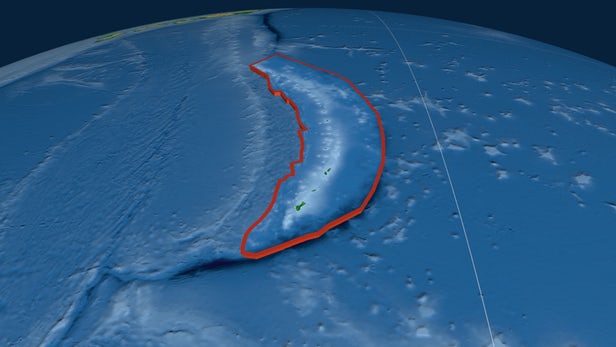The Earth’s surface is famously a pretty wet place, but a new study suggests that the mantle is home to much more water than was previously believed. Observations of seismic activity around the Mariana Trench have revealed that subducting tectonic plates are dragging more water deeper into the Earth, which could change our understanding of the global water cycle.
The Mariana Trench is best known for being the deepest part of the ocean, plunging all the way down almost 11,000 m (36,000 ft) at its lowest known point. That’s because the trench is the meeting place of two tectonic plates – the tiny Mariana Plate and the huge Pacific Plate. Being denser and older, the latter is actually sliding under the former, which lets vast amounts of seawater pour down through the cracks into the Earth’s crust and the upper mantle.
But it’s not just as a liquid. Under the higher temperature and pressure at that depth, the water can be locked into the lower plate’s rocks as hydrous minerals, which then sink deeper into the mantle as the plate does. So just how much water ends up down there?
“Previous estimates vary widely in the amount of water that is subducted deeper than 60 miles (97 km),” says Douglas A. Wiens, research adviser for the study. “The main source of uncertainty in these calculations was the initial water content of the subducting uppermost mantle.”
Read more HERE





































